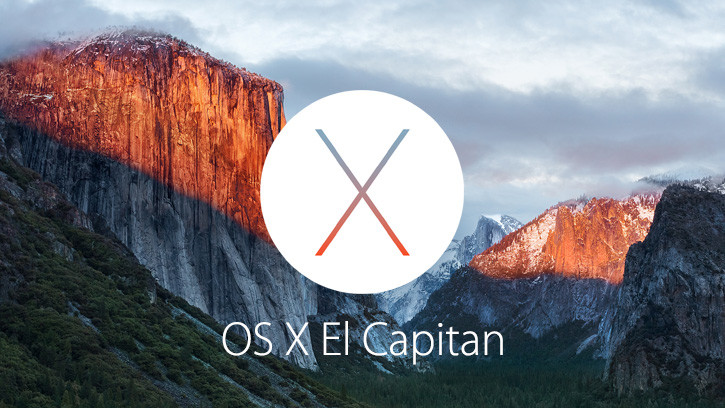How to fix Wi-Fi issues in OS X El Capitan

If poor Wi-Fi connectivity is what has let you down in Apple's latest Mac OS X release, don't worry, as this not a major problem that you cannot get rid of. All you have to do is just dump the old preference files and then create an all new network location with DNS settings should be enough to establish a fast and stable connection.
Following are the detailed guide that takes you through the step-by-step process. But before you proceed you might want to create a back up of your Mac using Time Machine.
Delete the current Wi-Fi preferences
Step 1: Create a new folder on your PC and name it to anything you want according to your choice
Step 2: Turn off Wi-Fi from menu item located at the upper right corner of OS X
Step 3: Head over to Finder, and hit Command+Shift+G to get Go to Folder command, and choose the following path
/ Library / preferences / SystemConfiguration/
Step 4: Click return to go back to the folder and select the following files
- com.apple.airport.preferences.plist
- com.apple.network.identification.plist
- com.apple.wifi.message-tracer.plist
- NetworkInterfaces.plist
- preferences.plist
Step 5: Transfer the above listed files to a folder which you created in step 1. Alternatively, you may choose to delete them
Step 6: Reboot your Mac
Turn the Wi-Fi on again from the wireless network menu found in the upper right corner of OS X. If this is not helpful, create a new custom network.
Create new Wi-Fi network with DNS
Step 1: Go to Apple menu and select System Preferences
Step 2: Select Network then Wi-Fi from the list appearing on the left side
Step 3: Click Location menu and select Edit Locations then the Plus button to create a new location, give it any name of your choice and click Done to add it
Step 4: Join the network name and authenticate with the router password
Step 5: Select Advanced tab at the bottom of Network Preferences then go to TCP /IP tab and select Renew DHCP Lease
Step 6: Go to DNS tab under which you should find DNS Servers at the left side, just click the Plus button to add a new DNS server
Step 7: Choose Hardware tab then Configure under which you will get options, choose Manually
Step 8: Change the MTU to custom and set the MTU number to 1453 and click OK
Step 9: Once everything is done, click Apply to set the network changes you just made
Your wireless connection should be back and running with the speed you wanted. Additionally, you might considering checking out the following tips for troubleshooting issues.
Tips to troubleshoot
- Reboot your Mac in Safe mode, then reboot it again. Doing this will clear the cache.
- Reboot your Wi-Fi router.
- Ensure that your Wi-Fi is up-to-date with the latest firmware.
- Join a 2.4GHz N network, instead of a 5GHz G network.
- Reset your Mac.
If nothing works, just perform a clean installation of OS X El Capitan or just downgrade to Yosemite.
Via OS X Daily
© Copyright IBTimes 2025. All rights reserved.





















